|
by Dark Watcher |
|
|
The most common media forms for games in the 1980s was the cartridge, but developers conceived the idea of using VHS video cassettes
as a new form of game media. A company called Worlds of Wonder introduced the first "VHS Console" in 1987. The console was called Action Max. This system required the owner to also own a VCR. The VHS cassettes were not inserted into the console itself. Action Max actually connected to the television through the VCR. All VHS Action Max games were shooters that took advantage of the console's light gun. The VHS tapes were live action movies with characters that spoke to the camera in order to give off the effect that the gamer was in the game. Action Max super imposed a red sprite on the VHS video whenever the light gun trigger was pulled. Unfortunately, this was the only activity that indicates that the gamer had done anything since the video continues to play regardless of the gamers actions. This limitation may have hindered console sales since other console light gun games offered more interactivity. The console offered 5 games with 3 selectable game modes (Standard, Reflex, and Limited Ammunition). |
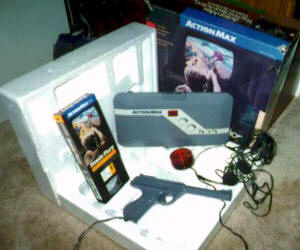 |
|
Obviously the limitations of VHS and the evolution of other consoles, rendered the Action Max obsolete. However it was
interesting concept for its time. FACT: Worlds of Wonder was not the only company to release a system that utilized the VHS format. In 1987, Mattel somewhat duplicated the Action Max functions in its "Captain Power" action figure toy line. Both figures and toy vehicles fired an infrared beam that gave off the impression that you were shooting the onscreen characters of the Captain Power cartoon show. Similarly the cartoon could also generate the same infrared beams that could trigger springs in the toy vehicles. These springs responded and gave the impression that the toy was actually shot. An innovative toy that Mattel sold into 1988. In 1989 yet another "VHS Console" was attempted. View-Master released the Interactive Vision in the United States. It used VHS tapes similar to Action Max, but unlike the other video tape system, it could generate its own limited graphics. The View-Master Interactive Vision was designed as a children's educational video game system, and came in 2 different packages. One included the game "Sesame Street: Let's Learn to Play Together" while the other included "Disney's Cartoon Arcade". Games were played using a joystick attached to the system. It was an unusual controller shaped like a lollipop. The stick-like handle had three colored buttons (red, yellow, blue) and there was also a green and a white button on the left of the top, circular portion. Kids responded to timed prompts provided by the on screen actors. |
|
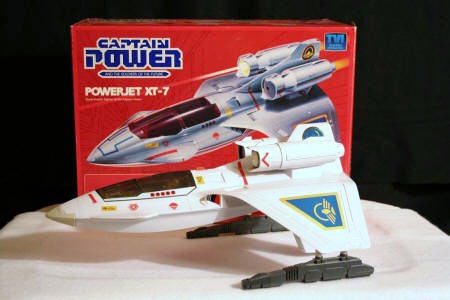 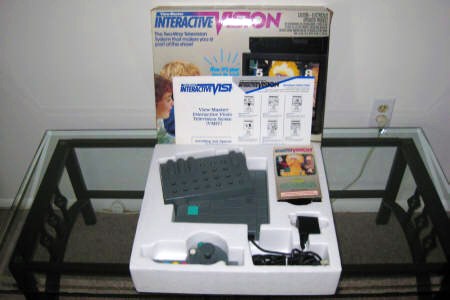 |
|
|
by Marriott_Guy |
|
|
The year was 1987 and the video gaming world was ruled by the Nintendo Famicom\NES, followed by a somewhat strong competitor in the
Sega Master System. Atari was still a big player at the time, though their release of their
5200 and 7800 systems could not
effectively compete with these newer breeds. A company called Worlds of Wonder decided to enter into the fray with the release
of the Action Max. Though they had already established considerable ties to the gaming community during the mid 1980s, this
system was already dead on arrival when it hit the store shelves. Worlds of Wonder was founded by a group of former Atari programmers including Don Kingsborough. Being the original distributor of the Nintendo NES in the United States, they had strong ties to both technological and manufacturing resources. The actions and reasoning behind the development of the Action Max is unknown. Coming off the video game crash of 1983, many hardware manufacturers went bankrupt and new developers shied away from this video game console field (NEC being the main exception). Obviously, this did not deter their efforts in creating a new system built upon the VHS video cassette tape format. It is important to first describe how this system works, rather than to describe its physical and technical features as is the norm. The Action Max is one of the few video game consoles that is not able to display graphics on its own - a VCR is required for game play (not included). The system works by attaching it directly to a VCR, which in turn transmits the audio/video signal to your television. Internal 'beeps' are delivered through the Action Max system itself. The included Light Sensor must be plugged into the console, then connected to the television screen via a suction cup. |
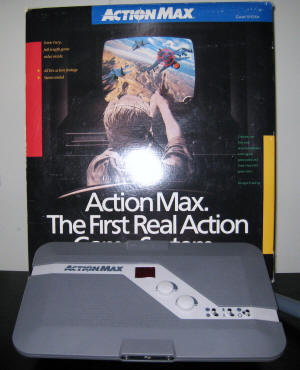 |
|
All games (a total of 5 were released) are the same, whether it is shooting a ghost or a submarine, these are simple point and shoot
affairs. Simply pop one in your VCR, power up the Action Max, plug in the controller (light gun) and be prepared to fire away.
There is no way to win or lose at these games - just high score bragging rights among your friends. What's worse, there is no
change/reaction to anything being displayed to you when you score a 'hit' - a small noise is emitted from the console and the score
counter increases. Also, remember that these are dumb VCR tape games -replay value is -0-. The tape itself cannot change
and playing a new game repeats the same positions and appearances of all foes. Memorize where the bad guys will appear, maximize
your score. Now that the basic concept of the working of the Action Max has been described, let's look at the console itself. The system itself is rather nondescript. The dark grey exterior casing is shaped and has the same size as an aluminum container used for the family sized portion of a Stouffer's pre-made dinner. Come to think about it, the weight is about the same as well (about 2 lbs.). A white elongated "S" shaped plastic wedge breaks up the dull, solid colored top facing. Residing here is a combination of three toggle switches and two dials that control the difficulty level and the number of players (supported two player mode). The player's score was displayed here as well in classic, old-school red LED numbering. |
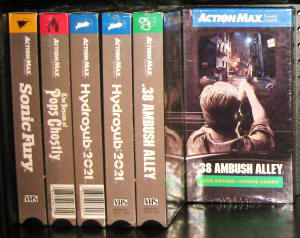 |
|
The front of the unit has jacks for a headphone and the controller, along with a toggle switch to mute the volume. The back of
the unit is more of the same - a jack for the power (external, not included but the unit can run off of C batteries), two mini-RCA
jacks for the light sensors. The controller is a simple dark grey light gun that feels rather fragile and does not have any
girth to it, though it does fit OK in one's hand. Shooting the light gun emits a rather satisfying mechanical clicking noise -
nothing like cap guns of the era, but still, with this console, it is all about the small pleasures. Worlds of Wonder entered into bankruptcy in 1988, less than a year after the release of the Action Max. The company is more noted for the development and production of various children's product, including the Teddy Ruxpin interactive bear. Many of the associates of Worlds of Wonder went on to join Nintendo in various capacities. The Action Max was a short-lived system, and rightly so. Compared to their contemporaries, the static game play and poorly acted video VHS games did not stand a chance. Think of the worst Sega CD FMV game released and multiple your disdain for it by 1000% - that wouldn't accurately define an experience with the Action Max, but it would come close. This system is only recommended for collectors - there is no value here at all for among gamers of any level. The unit is light, but the box is HUGE for this system. The packing alone is around 10" in depth. I am not sure why the packaging was so extensive for this system - perhaps the marketing gurus at Worlds of Wonder thought that 'bigger was better' when seen on a store shelve. It is certainly not needed for what it was designed to protect. Though not seen a great deal for sale, these systems are pretty cheap to acquire through eBay. Expect to pay no more than $50 USD for a complete system. Games are not too rare either - will run you around $10 USD a piece. |
|
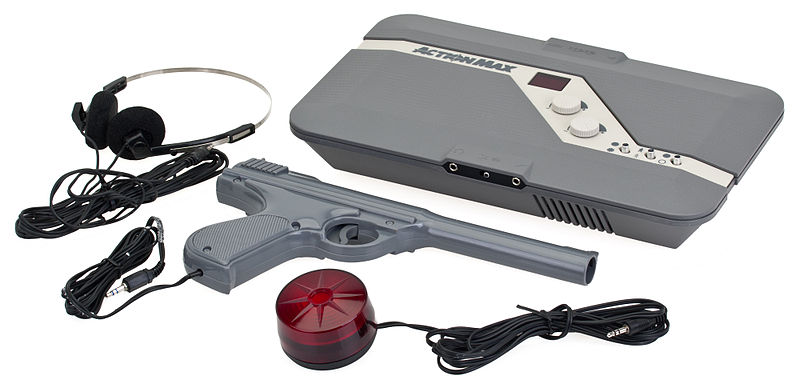 |
|
|






 2010s - NOTES
2010s - NOTES


 MODELS
MODELS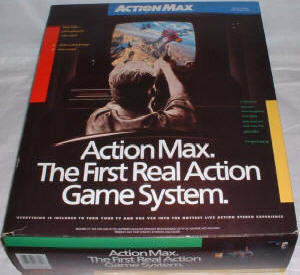
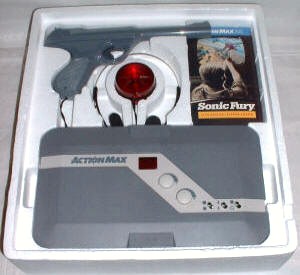
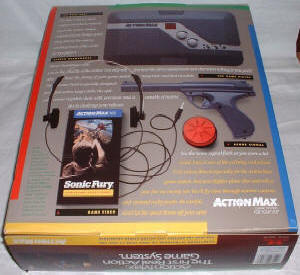
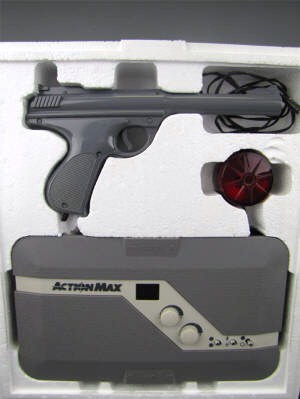
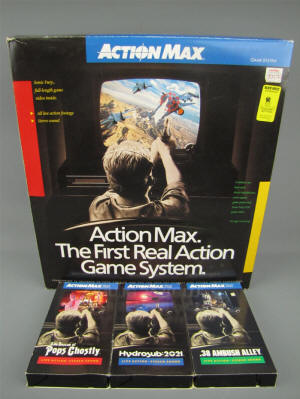
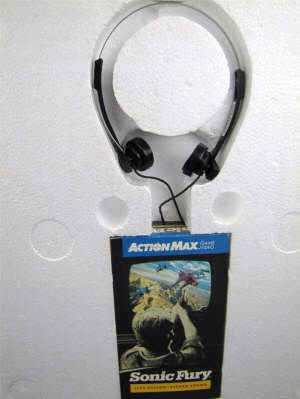
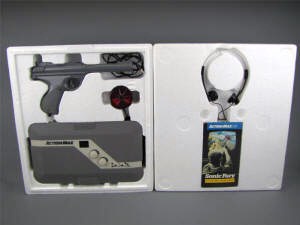
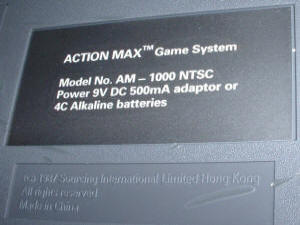
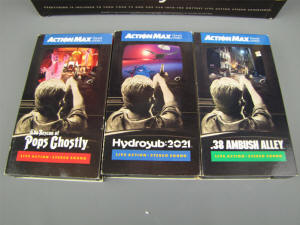
 CLONES
CLONES CONSOLE RATINGS
CONSOLE RATINGS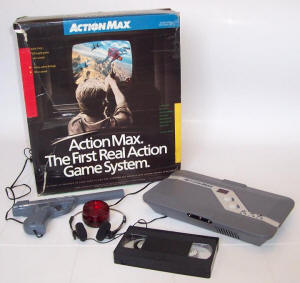
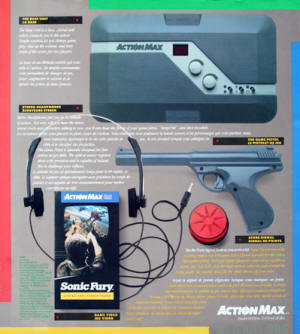
 FORMAT, PACKAGING & GENERAL INFO
FORMAT, PACKAGING & GENERAL INFO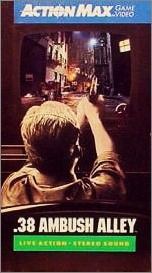
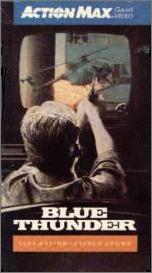
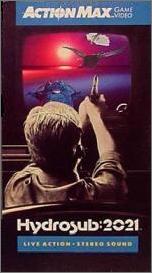
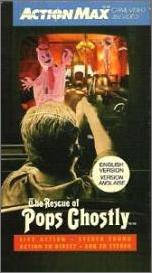
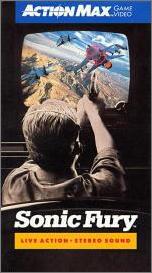
 SCREENSHOTS
SCREENSHOTS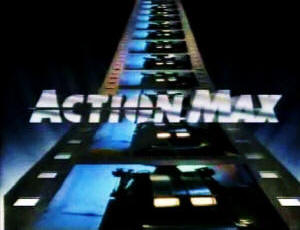
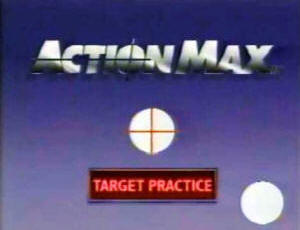

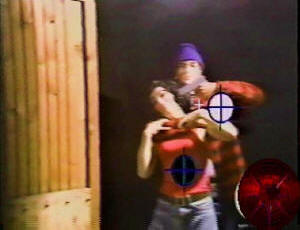
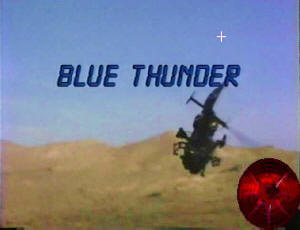
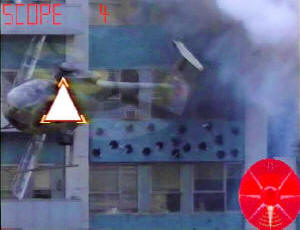
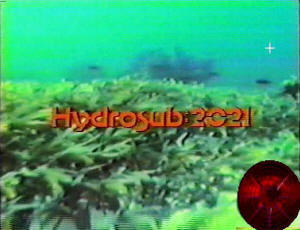
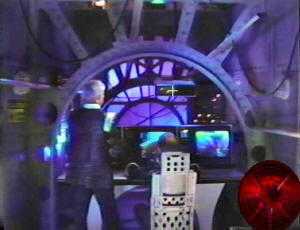
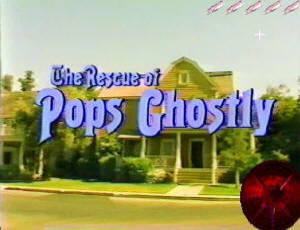
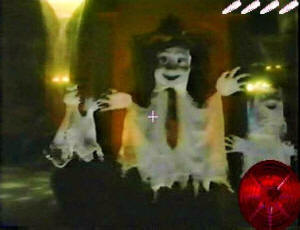
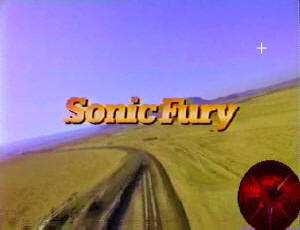
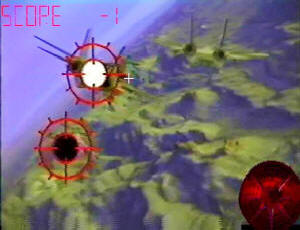
 EMULATION
EMULATION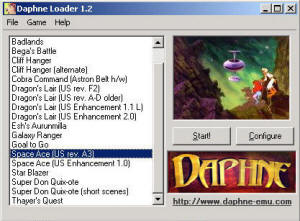
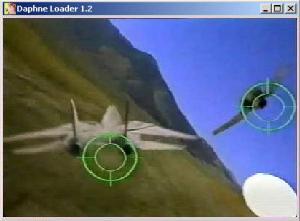
 SPECS & MANUALS
SPECS & MANUALS OTHER
MEDIA
OTHER
MEDIA WEB RESOURCES
WEB RESOURCES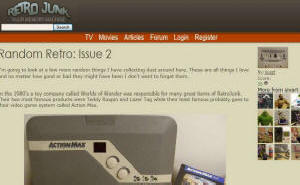

 DISCUSS
DISCUSS